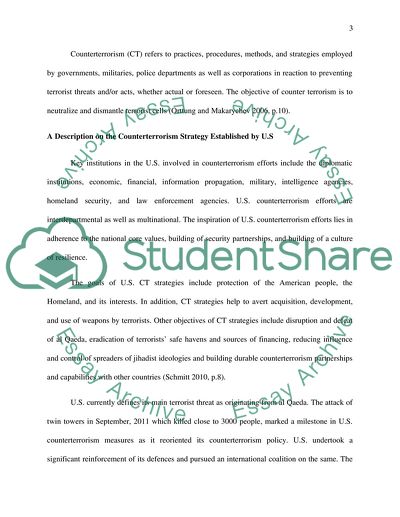Cite this document
(Counter-Terrorism Strategies & Plans of the USA Assignment, n.d.)
Counter-Terrorism Strategies & Plans of the USA Assignment. Retrieved from https://studentshare.org/military/1770026-counter-terrorism-strategies-plans-of-the-usa
Counter-Terrorism Strategies & Plans of the USA Assignment. Retrieved from https://studentshare.org/military/1770026-counter-terrorism-strategies-plans-of-the-usa
(Counter-Terrorism Strategies & Plans of the USA Assignment)
Counter-Terrorism Strategies & Plans of the USA Assignment. https://studentshare.org/military/1770026-counter-terrorism-strategies-plans-of-the-usa.
Counter-Terrorism Strategies & Plans of the USA Assignment. https://studentshare.org/military/1770026-counter-terrorism-strategies-plans-of-the-usa.
“Counter-Terrorism Strategies & Plans of the USA Assignment”, n.d. https://studentshare.org/military/1770026-counter-terrorism-strategies-plans-of-the-usa.


